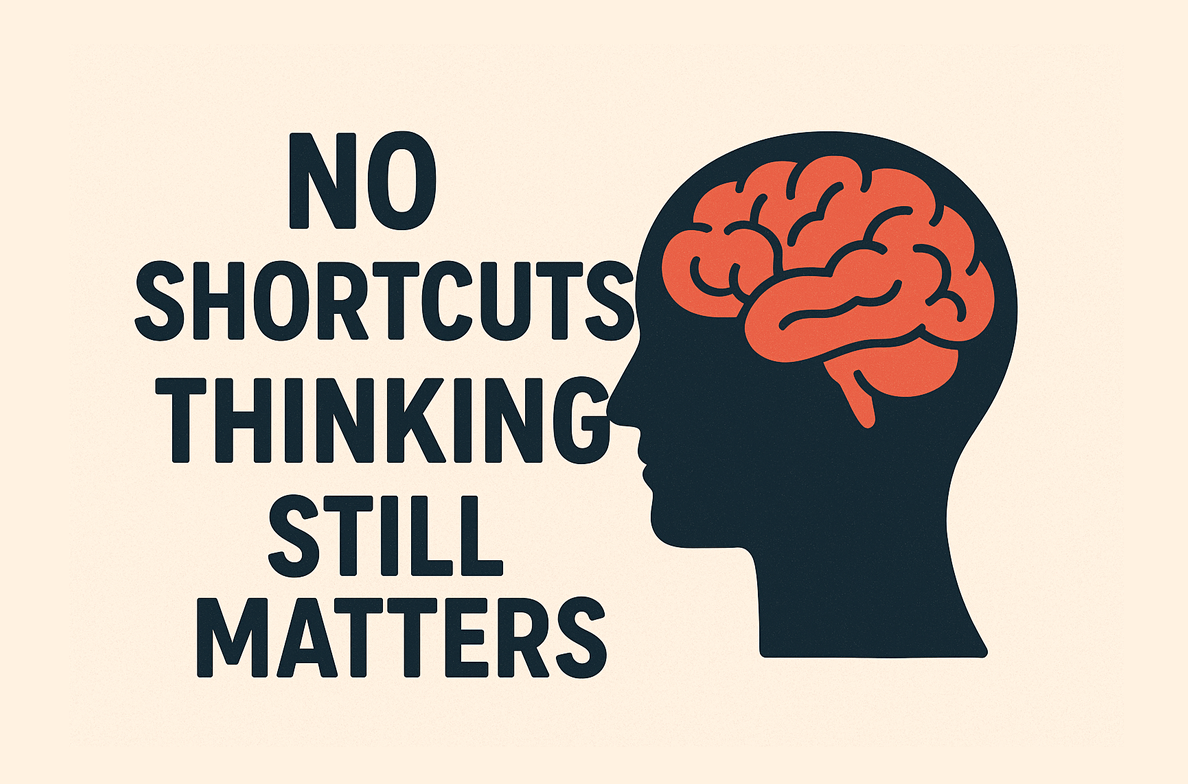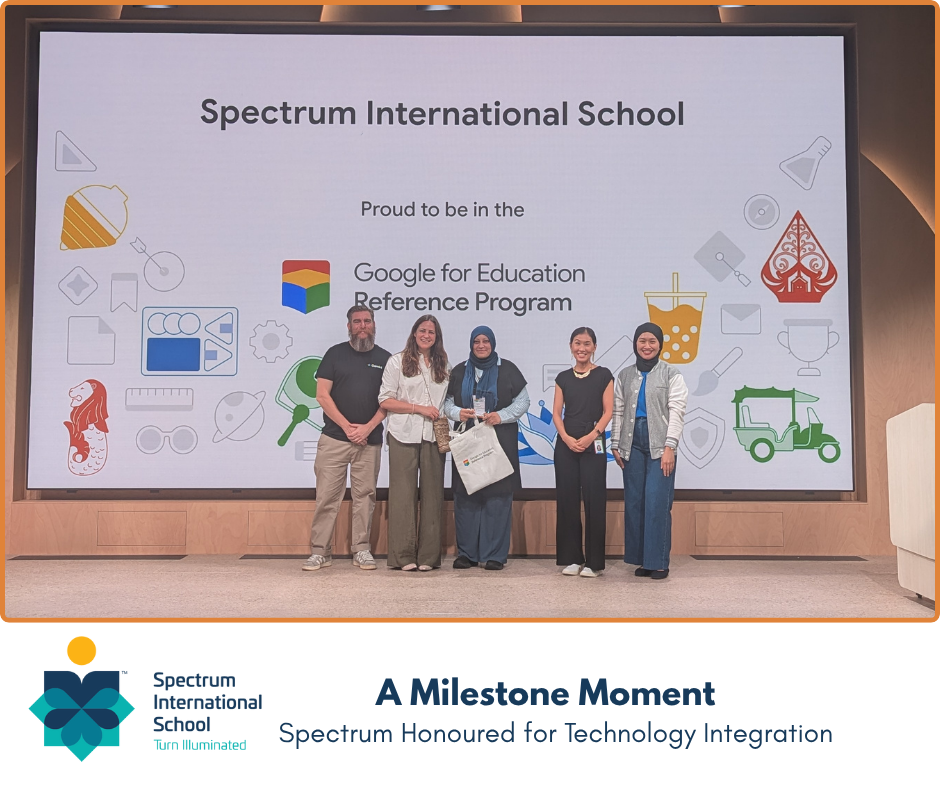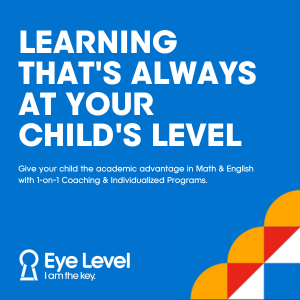Many jobs we know today are at risk. The nature of work is changing as Artificial Intelligence (AI), robotics and cognitive technologies become increasingly sophisticated, thus redefining and redesigning the future of jobs.
As the future of our children will be very different from the conditions prevailing today, how can we help prepare them for it? With increasing work opportunities in the fields of Science, Technology, Engineering & Mathematics (STEM), it may be worthwhile to consider early exposure to STEM-related skills.
Here is a list of STEM-related skills students can learn that can potentially pave the way for a career for them later in life!

1. Coding and Programming
Mastering coding languages such as Python, Java, or JavaScript opens doors for the creation of software, websites, and applications. It nurtures problem-solving, creativity, and logical thinking, enabling students to develop solutions for real-world problems. As automation and digitalization continue to evolve, coding skills are crucial for understanding technology, creating digital content, and preparing for a workplace where digital literacy is increasingly essential. Additionally, coding equips students with a versatile skill set, empowering them to approach challenges with computational thinking and innovation.
If you child is keen on learning this language, the optimal age for children to start learning is 6 to 7 years old.
2. Data Literacy
Data literacy involves more than just understanding numbers and statistics. It encompasses the ability to interpret and analyse data and communicate findings effectively. In today's data-driven world, this skill is indispensable across various fields, including business, healthcare, and research. By developing this skill, students gain the capacity to make informed decisions, recognize patterns, and derive insights from complex datasets. Furthermore, data literacy fosters critical thinking and problem-solving abilities, empowering individuals to navigate the vast amount of information available, to draw valuable insights and to make meaningful contributions in their chosen fields.
3. UX Design
User experience (UX) design is a process used by design teams to create products that provide a meaningful and relevant experience for their users. For instance, will placing the bell icon on the top-right of the screen be more user-friendly compared to having it in the centre of the screen? UX Design expands the creator’s mind by making them think of multiple possibilities and scenarios a user will face. In addition, UX Design teaches that there is more than one way to accomplish a goal.
If your child is interested in designing or has an eye for how things should look and work, then UX Design can be beneficial in enhancing those skills whilst promoting critical thinking, enhancing creativity and the use of the imagination as well as collaboration skills. This course is suitable for children ages nine and above.
4. Cyber Security Awareness
In an era defined by digital connectivity, cybersecurity awareness is essential for students. By learning about online safety, privacy protection, and the fundamentals of cybersecurity, students develop the skills required to navigate the digital landscape securely. This knowledge empowers them to protect their personal and professional data, recognize potential threats, and understand the importance of ethical behaviours online. Furthermore, as students gain an understanding of cybersecurity best practices, they become equipped to contribute to a safer digital environment, whether by securing their own online presence or by pursuing careers in cybersecurity to safeguard organizations and individuals from cyber threats.
5. Digital Art
Digital art involves anything produced or made using software, the computer or other electronic devices. It calls into play more or less the same techniques and skills that traditional art does. Digital arts allow one to create animations, characters, anime, comics and many more.
Suitable for children ages five and above, digital art enhances one’s creativity and imagination in creating art of various forms. The skill learned or gained can be applied to a geographically diverse, broad-spectrum landscape that serves many purposes including entertainment, advertising, business and education.
6. 3D Design
3D designing involves the creation of three-dimensional digital models using specialized software. This process allows students to bring their ideas to life in a virtual space, enabling them to design objects, characters, architectural structures, and more with depth and volume. Through 3D design, students learn to manipulate shapes, textures, and dimensions, developing a strong understanding of spatial reasoning and geometry. This skill encourages creativity, problem-solving, and innovation as students conceptualize and refine their designs, preparing them for potential careers in fields such as product design, engineering, animation, and architecture.
Children as young as 7 can learn the basics of 3D modelling through creating 3D shapes and as they progress, they will be able to produce more complex projects.

7. Computer Hardware
Computer hardware consists of physical parts in a computer such as a graphic card, motherboard and battery. A computer hardware course teaches children the basics of computers such as the terminologies used in describing hardware, what a system unit is and the components within a system unit among others. Learning this equips children with knowledge about the technology of various types of computer hardware and their functions and teaches them how to build a system unit and computer.
A computer hardware course is suited for children ages six and above. It will do much to enhance cognitive and problem-solving skills, as well as creativity, innovation and problem solving skills.
8. Blockchain Technology
Blockchain technology is a shared, indisputable record that facilitates the process of recording and tracking transactions involving assets, such as a house, car, intellectual property and branding among others, in a computer network. Cryptocurrency is digital money developed using blockchain technology. There are many different types of cryptocurrencies today. As blockchain technology is increasingly applied in finance, it may be worthwhile to help children understand how this technology works at an earlier age.
The primary benefit of learning blockchain technology is to enhance financial literacy as it could be an actual currency in the future. In addition, career opportunities in this area may emerge in the not too distant future. Blockchain technology classes are suited for children ages seven and above.
In summary, these STEM-related classes are excellent in introducing children to some 21st-century skills and knowledge areas. Your child may discover his passion in a certain area that he may want to pursue as a career later in life!
Continue reading:


































